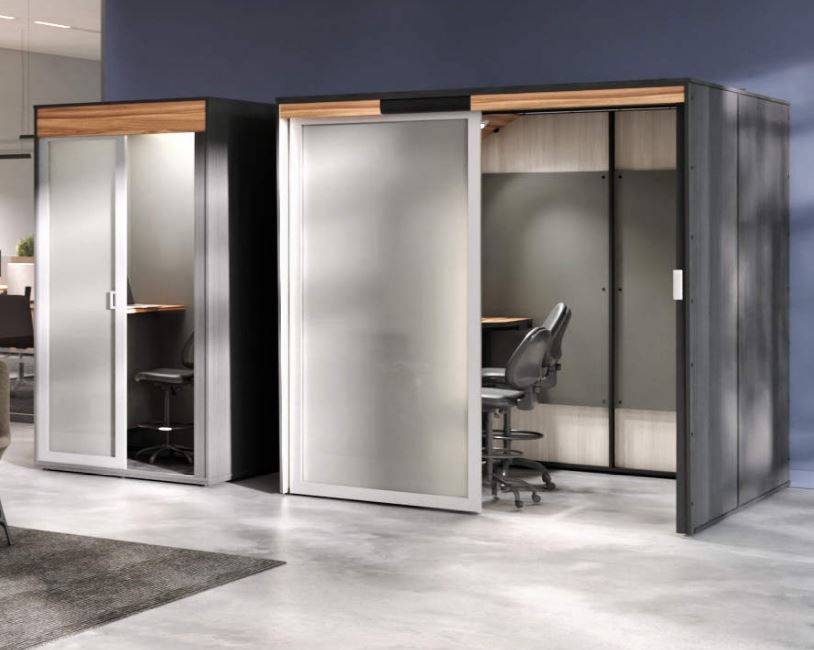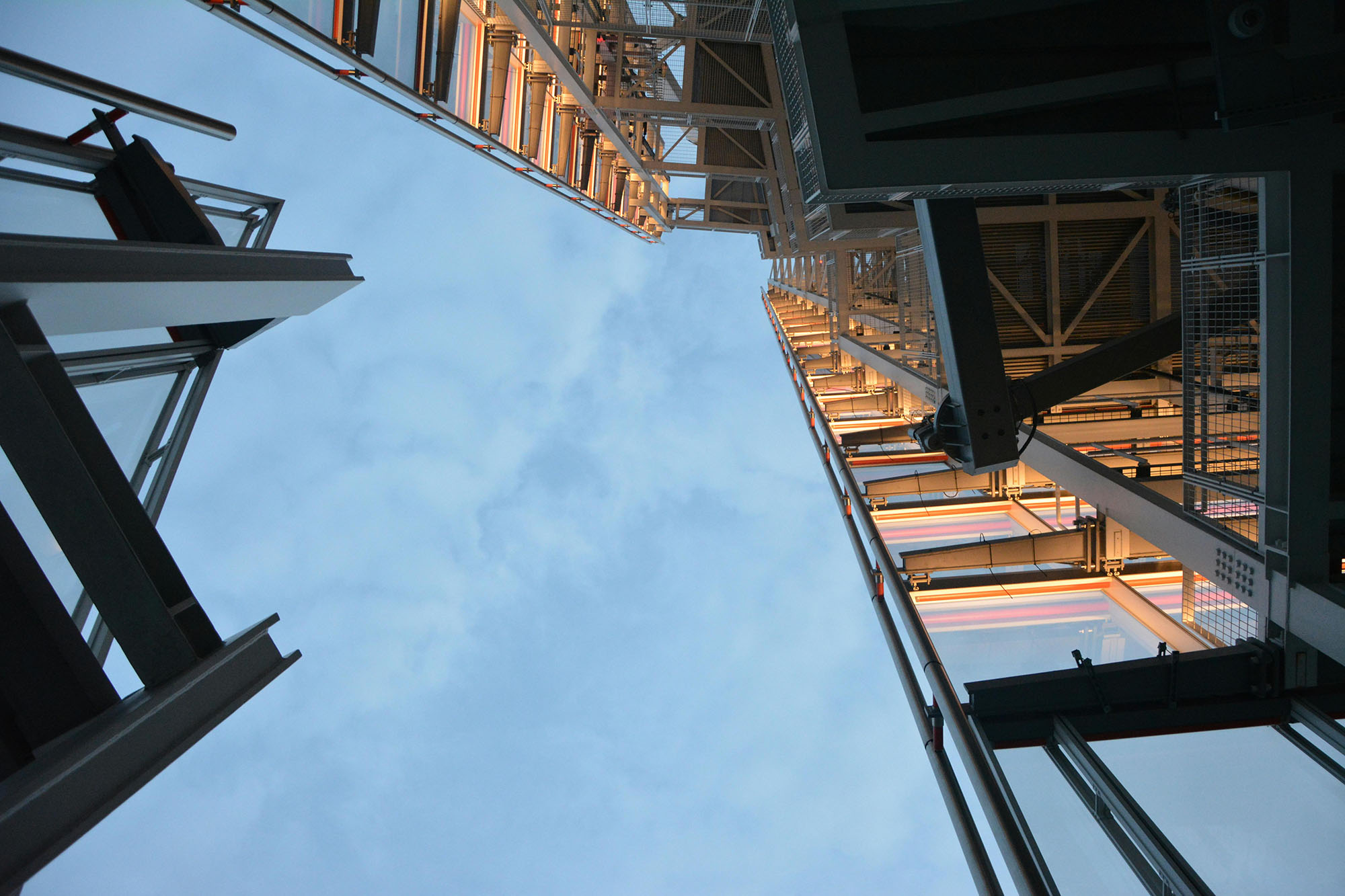

Innovations in Accessible Products 2025
Our accessibility consultants are constantly on the lookout for new products that will make it easier for our clients to comply with accessibility criteria while meeting their overarching design goals.
Read











